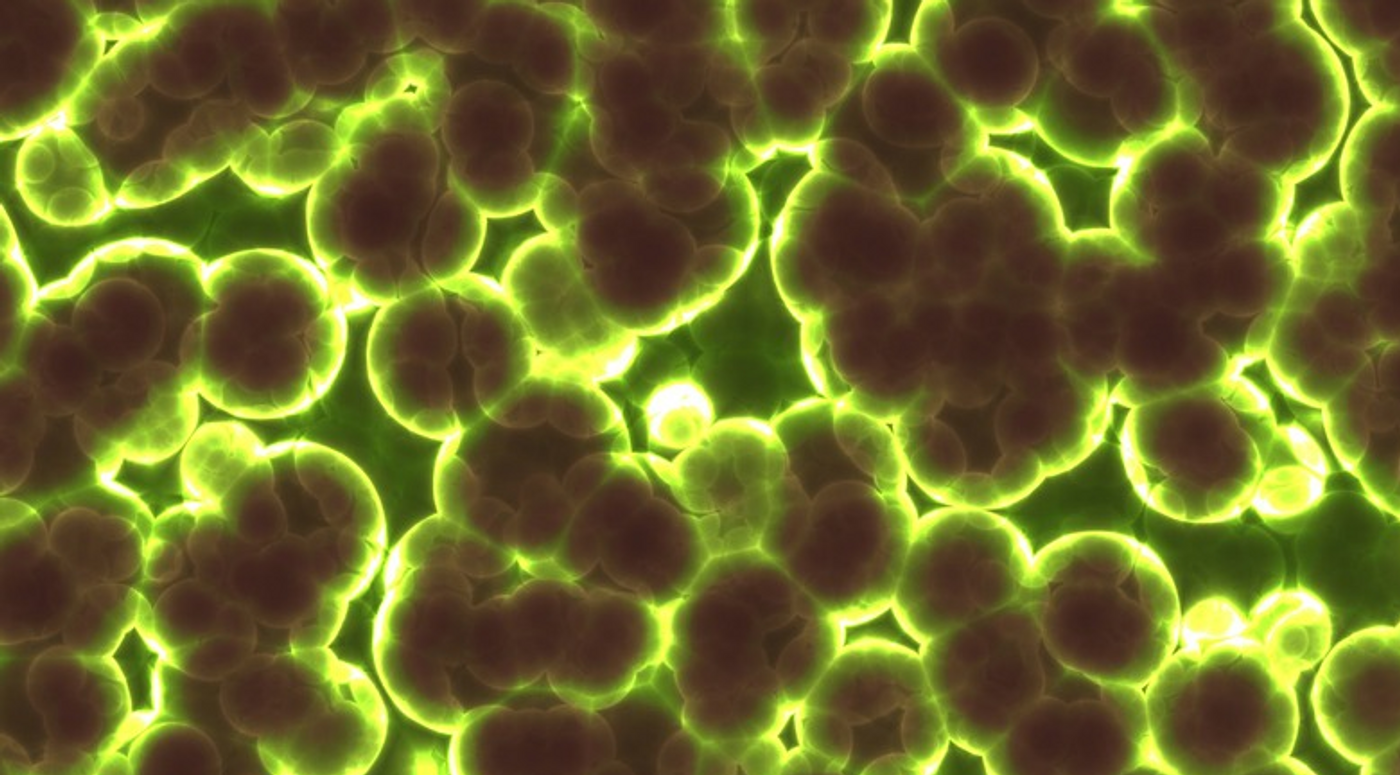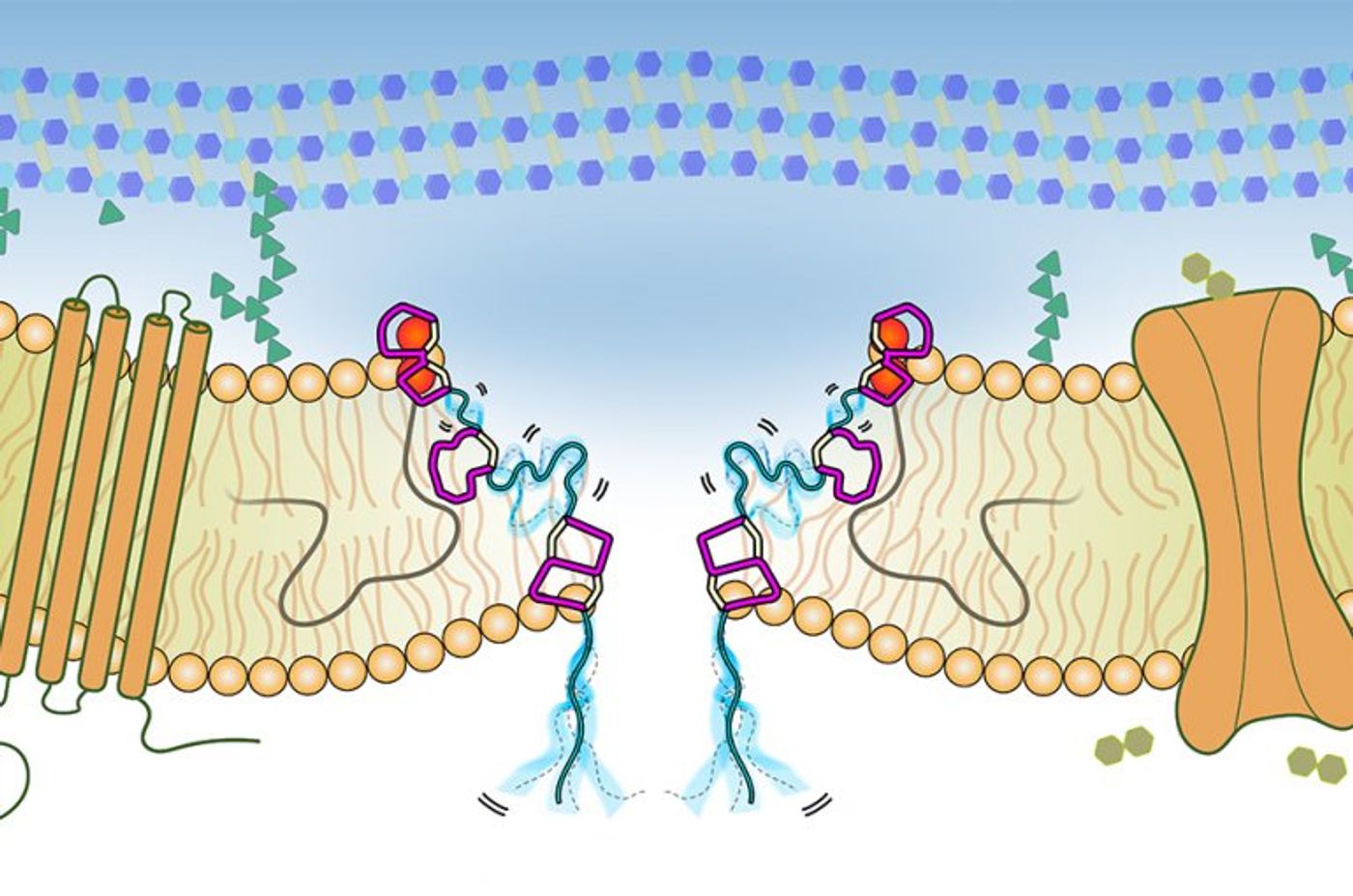Revealing How Antibiotics Work Against Bacteria
In a first, researchers directly observed an antibiotic in action as it disrupted the membrane of a bacterial cell. Before this, such studies were only possible with an artificial system, by using a liquid suspension or solvents. Now that they can see how the drug is working, researchers will be able to improve these drugs so their ability to fight pathogens, including drug-resistant bacteria, can be improved. The work has already shown how to make one of the most popular members of this class of drugs more efficient. The investigation was led by Dr. Markus Weingarth and Dr. Eefjan Breukink of Utrecht University and has been reported in Nature Communications.
"To improve antibiotics, we need to understand their pharmacologically relevant states directly in the cellular environment,” explained Weingarth. "Now for the first time, we have been able to do that, thanks to an advanced NMR approach. We expect our method will be extremely useful for these native structural investigations."
NMR or nuclear magnetic resonance spectroscopy applies magnetic fields to subatomic particles, and in doing so, reveals the structure of organic chemicals. Learn more about it from the video.
Bacteria are single-celled organisms, so for most of them, their cell wall is critically important to their survival. Those walls rely on a compound called peptidoglycan to maintain structural integrity. Some antibiotics target the peptidoglycan, preventing new walls from being built. But as more pathogens develop resistance to common antibiotics and their mode of action, researchers have had to find other ways to destroy those microbes.
One promising alternative is a class of antibiotics that act on a peptidoglycan precursor called Lipid II, which has been referred to as the Achilles heel of bacteria. Only by understanding their structure and how they work can we improve the design of those drugs, so they will be as good as they can be.
This new data was generated under relevant physiological conditions, providing critical information about how antibiotics interact with the Lipid II molecule in actual bacterial cell membranes, rather than just theorizing about it. In this work, a popular antimicrobial that acts on Lipid II, nisin, was used. Now researchers can apply what they've learned to make that drug better.
"This challenging endeavor was only made possible through the combination of high-sensitivity solid-state NMR methods and equipment hosted at Utrecht University's Bijvoet Center,” said Breukink. "The insights we obtained with this powerful approach could establish a model of the long-elusive physiological pore-state of nisin and suggests novel cues to improve on nisin's activity."
Sources: Phys.org via Utrecht University, Cell, Nature Communications










